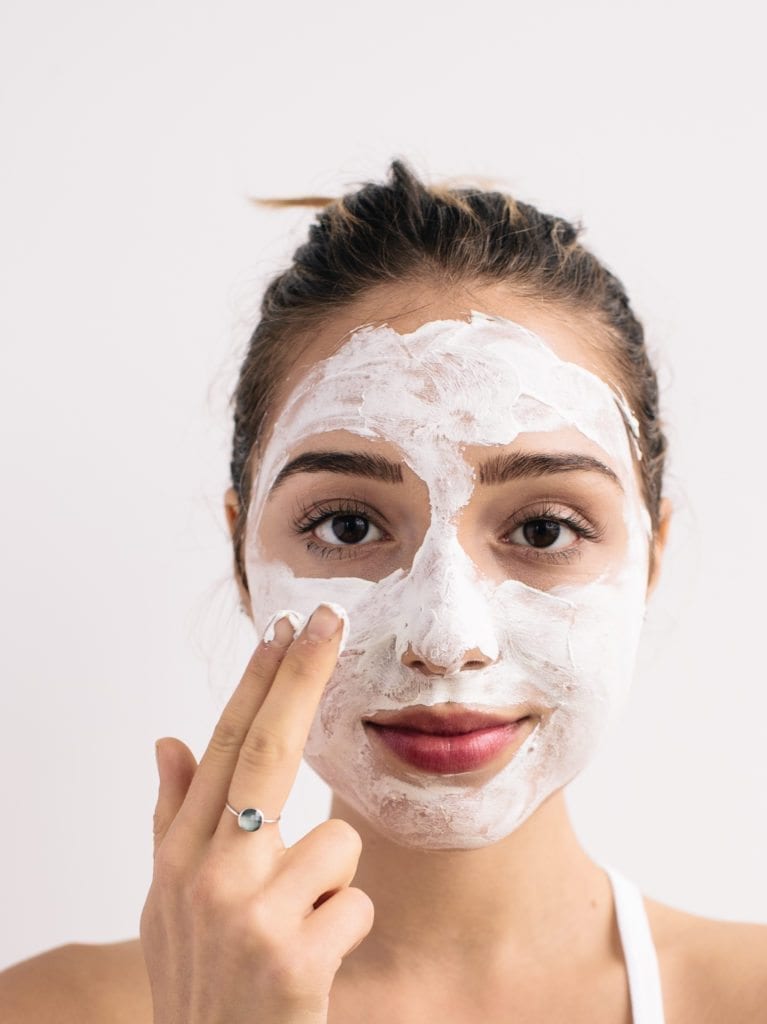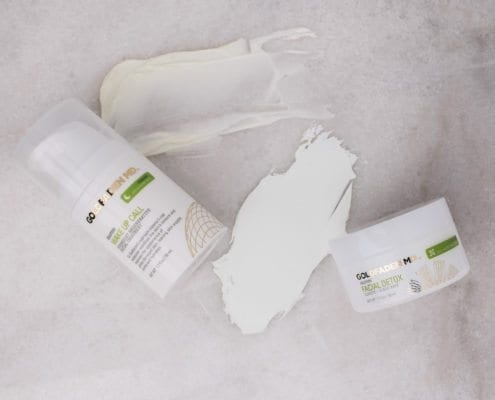At the end of a long day sometimes we just want to get back to basics and feel good. DIY at home masks and body treatments are a great way to unwind and feel pampered without breaking the bank at a luxury spa.

Below are a few of our favorite at home rituals:
The Sweet Body
Sugar body scrubs are a cinch to make at home. Make sure you always use fine sugar, as you don’t want it to scratch the skin. Mix in ¼ cup of coconut oil for hydration and anti-bacterial benefits and a tablespoon of lemon for brightness and further exfoliation. If you want to add a cellulite and anti-inflammation treatment, add the mornings old coffee grinds. Caffeine is a cellulite buster! Mix together in a bowl and apply and gently scrub in the shower.
The result: Smooth, hydrated and retextured skin.
Lip Love
Peeling lips are a real thing and with lower temperatures around the corner, its time to protect your lips. Exfoliating your lips will help them stay soft and kissable. When making a scrub at home look to use ingredients to gently slough off dead skin cells, dried lipsticks and dry skin, but still adding hydration. I like to mix either almond oil or Vitamin E with finely granulated sugar. Coconut oil may feel soothing too as it is antibacterial, anti fungal and anti microbial. If you’re looking to make a lip plumper, you can sue the same ingredients, but add some cinnamon!
**If lips are already peeling or have open cuts or sores, exfoliation and plumping is not recommended.
The result: Soft, plump and hydrated.
Heel heal
Mix half a cup of lemon juice for exfoliation and breaking down the thick dried skin, ¼ of coconut oil and a lot of salt. Start by scrubbing the bottoms of the feet, paying particular attention to the heels. Rinse very well and apply coconut oil and then a pair of socks before bed.
The result: In the morning your feet will thank you and feel super smooth to the touch!
The Superfood Mask
Mix ½ cup of nonfat plain yogurt with ½ of an avocado and a tablespoon of honey. Yogurt has exfoliation and brightening benefits due to the high levels of lactic acid. Yogurt may also help soothing and cool down red inflamed skin. Honey is a natural antibiotic and antiseptic and can also help remove dirt and bacteria due to it’s sticky consistency. Leave on for 10-15 minutes before washing off.
The result: Brighter, Radiant and smoother complexion.

